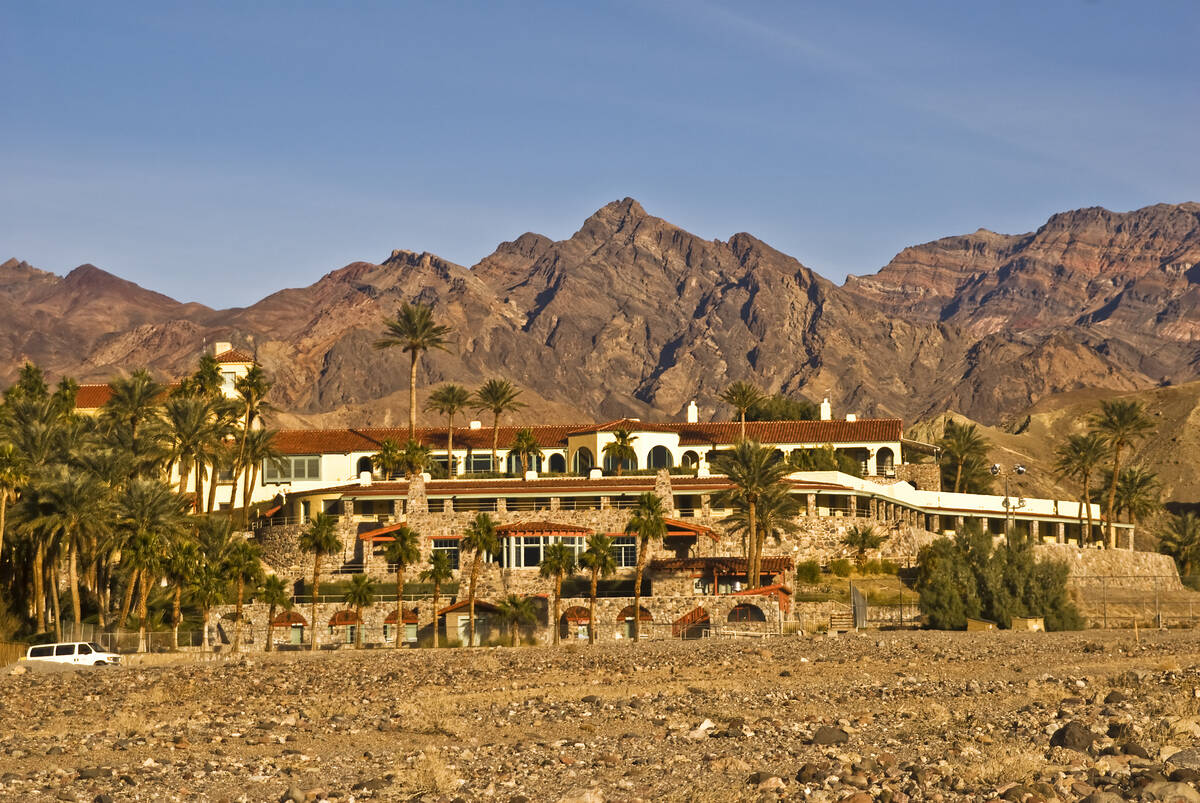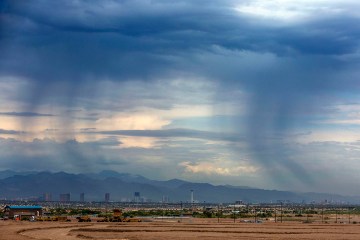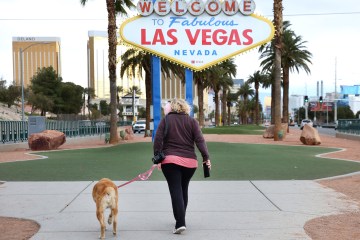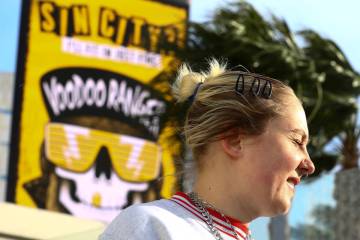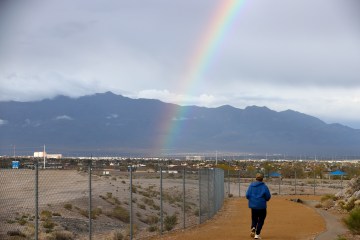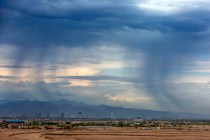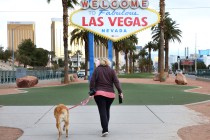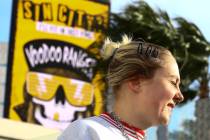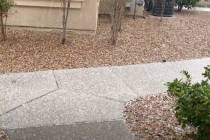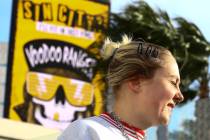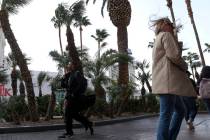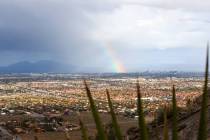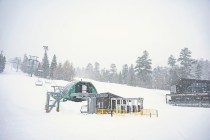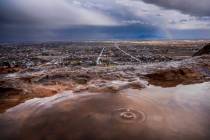Death Valley breaks records, but is it really hottest place on Earth?
LOS ANGELES — California’s Death Valley is one of the hottest places on Earth.
But was it in fact the hottest place on the planet Thursday when the giant thermometer at Furnace Creek in Death Valley National Park hit an eye-popping 127 degrees?
Officials caution that this is not an entirely accurate reading.
“The thermometer reading is taken literally from that site. It’s on the back of the digital display and it’s not even sheltered properly,” said Daniel Berc, a meteorologist with the National Weather Service in Las Vegas. “It’s more of a ‘Boy, wow! Look at this number.’ ”
It’s a bit of an exaggeration when news stories point to the digital thermometer and claim Death Valley is the hottest place on Earth, Berc said. Meteorologists are usually not comfortable claiming one place is the hottest on the planet because that involves lots of data and research to confirm.
“But this is a hot one, I’ll give you that,” Berc admitted.
The official reading on Thursday for Death Valley was 124, beating the record set in 1996 by one degree. Forecasts show that Friday and Saturday could also break records set in the past 20 years by one degree. Friday’s standing record was set at 122 in 2017 and Saturday’s record was set at 121 in 2007, according to the National Weather Service.
But there’s always the possibility that the temperatures could fall just above or below whatever record was set that day, Berc said.
This latest heat wave is a late one for the season, landing at the tail end of the monsoon season. Earlier this month, Death Valley and the surrounding Mojave landscape were submerged in water as record rainfall gave way to flash floods. Flash floods hit the Las Vegas Strip at the end of July and returned in early August.
A heat wave butting in during the monsoon season is not unheard of, according to meteorologists. But a late heat wave is notable, with record temperatures reaching 8 to 10 degrees above normal, Berc said.
“People in Las Vegas don’t bat an eye at 100 degrees. But they take notice at 110 after Labor Day,” Berc said. “This one is a longer-lasting heat wave, which brings accumulative effects of not cooling down at night and particularly harming the homeless population.”
With less time to cool down, people don’t have the luxury of recuperating at night and might not notice they’re being negatively affected by the hotter weather.
This can be dangerous, even life-threatening.
“Heat is the No. 1 weather killer,” Berc said, “because people know not to go outside and stand in front of a tornado. Sometimes they don’t know better with the heat.”



